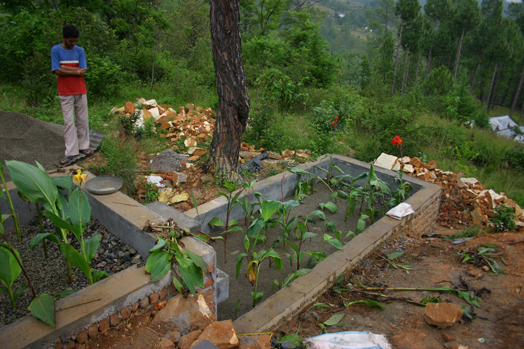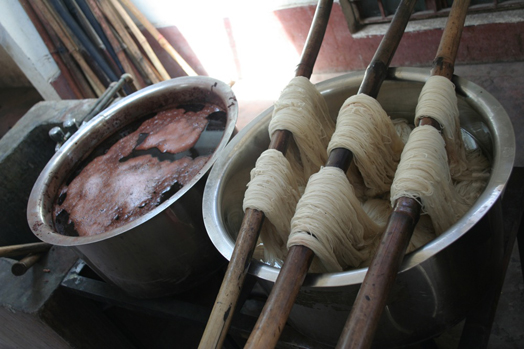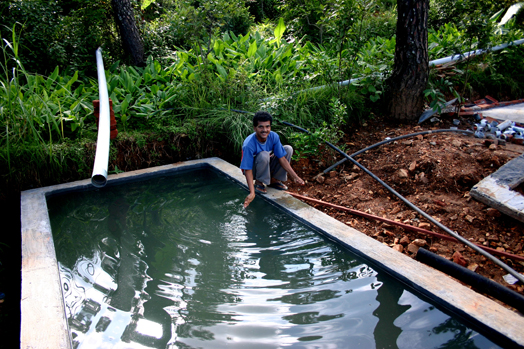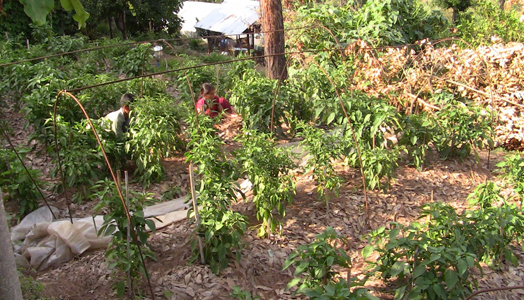IAnD Exclusive
Monsoon Special Edition
By Rashmi Bharti
Photography:
Courtesy Avani
The Avani community in Kumaon Himalayas lives on rainwater for more than seven months a year. Co-founder, Rashmi Bharti gives a first-hand account of a fulfilling sustainable living with rainwater…
It was with a desire to live in a Himalayan village and to change an
urban lifestyle that my husband and I decided to move to the Kumaon region of
Uttarakhand in 1996. However, the
transition from city living to a house that did not have water, electricity or
a bathroom was a big challenge. The leopard came calling too!
Amidst the sounds of the forest and the monsoons, we could literally
hear the seasons change… the sound of a falling leaf in autumn… the spectacular
monsoon storms… the unenviable experience of leeches… learning to cut wood… we
learnt and adapted and grew… to love this life. We also established a
meaningful dialogue and friendship with the rural community and began working
with provision of solar lights to households in non-electrified villages and
reviving the skill of hand spinning and hand weaving in the area to enhance
income.
Our work with Avani led to us establishing a campus amidst a beautiful
pine forest but there were no natural springs and hence no water! But the
region received plenty of rainfall that was very well spread out over the year.
We were a group of 20 people, when we started living in Tripuradevi in 1999. It
was grassland with no infrastructure and we were sourcing water from a distance
of 4 km, by truck. Presently, 60 of us live on this campus and all our needs
are taken care of by rainwater. We even grow organic vegetables from recycled waste water.
A cycle that minimizes waste and a lifestyle that is sustainable! So
how did we do this?? We decided to live on rainwater. All roof run-off from all
our buildings goes into underground water storage tanks. The buildings are made
on top of these tanks. We harvest about 7,00,000 litres of rainwater every year!
Our work involves extensive natural dyeing of textiles as well as
production of dye extracts and pigment. All this requires water and these needs
are also met with from rainwater. All the used water is then recycled to grow
vegetables. We reclaim about 80% of the water that is used.
A lifestyle that minimizes waste has strengthened our belief that rain
water harvesting could be a viable option for most households. It is cost-effective
and saves a lot of valuable manpower that goes into sourcing water from a
distance and the water quality is also good with no contamination; it can even be
used for drinking. All rural water
schemes are focused on lifting water from rivers, streams but there is
inadequate emphasis on harvesting rainwater that could be a lifesaving
technology for rural poor; both, in terms of quality of life and health and
hygiene.
We realized that a closed loop of zero waste is possible if we
decrease our own consumption of water, energy… after all, change has to begin
with us…
The
contributor - Rashmi Bharti is the Co-Founder of Avani and the Founder and
Chairperson Kumaon Earthcraft Self-Reliant Cooperative








No comments :
Post a Comment